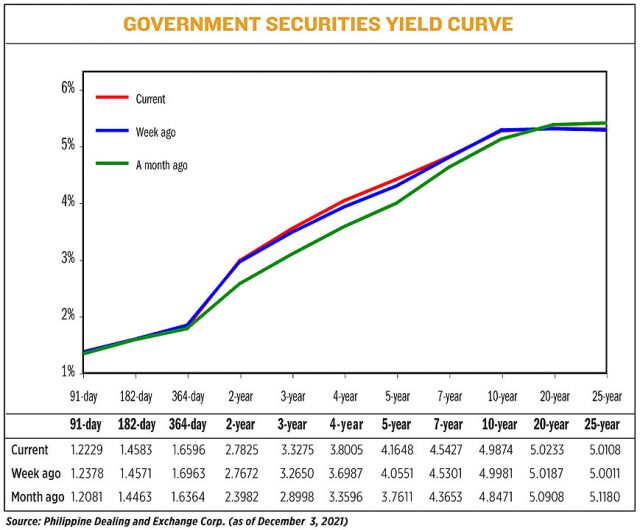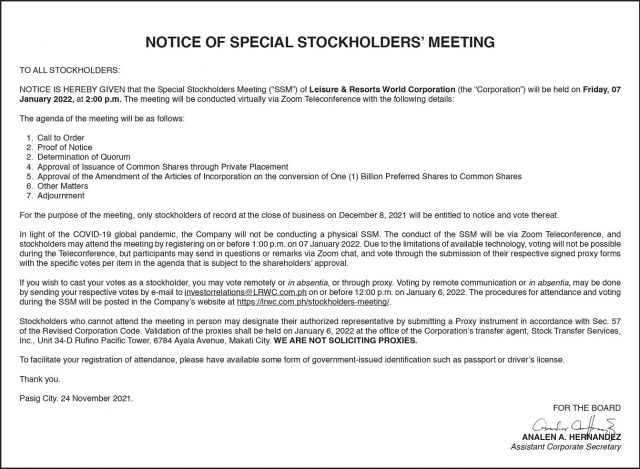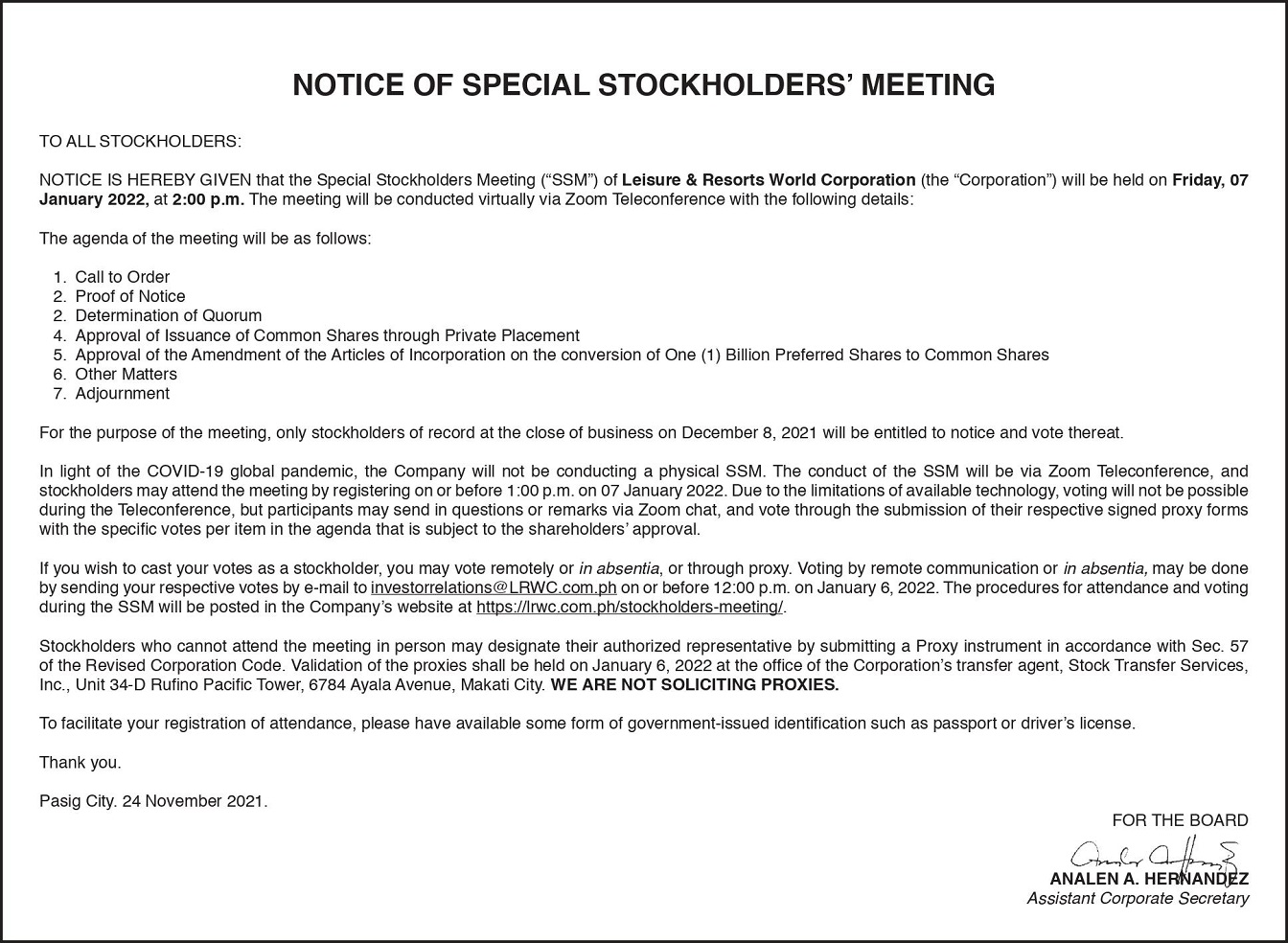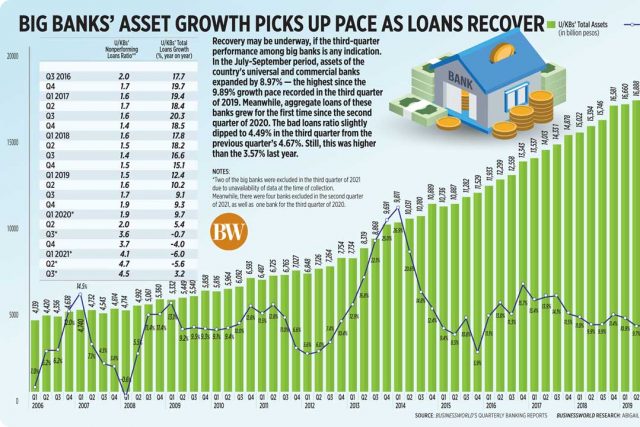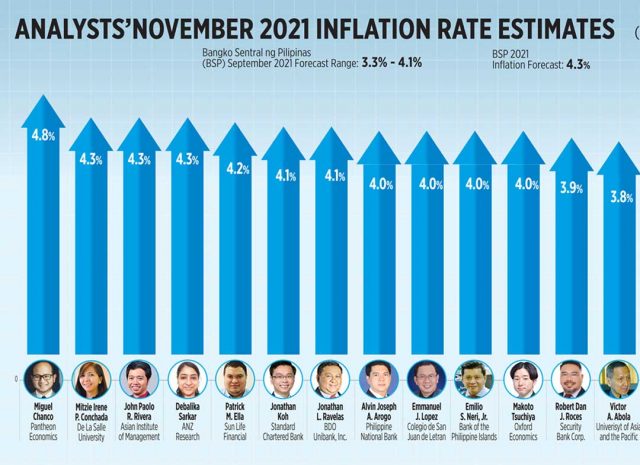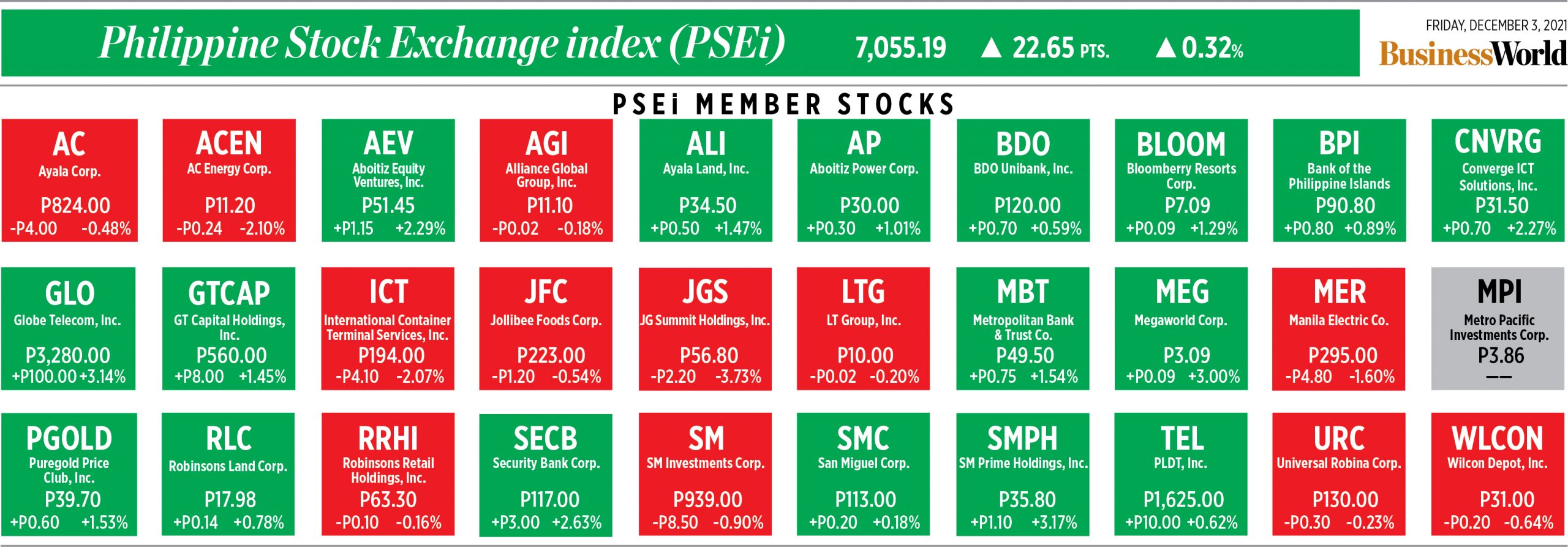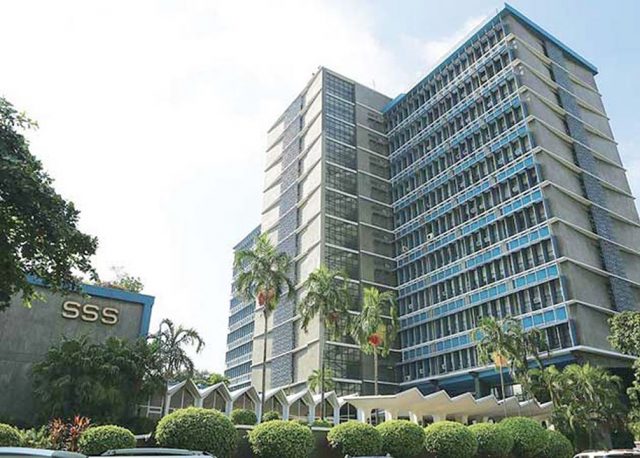UNIVERSAL Robina Corp. (URC) saw its stock price go down on a week-on-week basis as negative market sentiment brought by the emergence of a potentially more contagious coronavirus disease 2019 (COVID-19) variant offset any gains made from the acquisition of a Malaysian snack firm.
URC’s stock price settled at P130 per share to end the trading week last Friday, down 1.7% from its stock price of P132.2 per share last Nov. 25, Philippine Stock Exchange (PSE) data showed.
A total of 12.23 million shares worth P1.6 billion were traded from the week of Nov. 29 to Dec. 3.
Trading of URC shares were suspended on Nov. 26 in accordance with the PSE’s “Substantial Acquisition” rule following the firm’s recent acquisition of a Malaysian-based firm. Meanwhile, last week only had four trading days as the market was closed last Tuesday in observance of Bonifacio Day.
For the year, the company’s share price has gone down by 14.6%.
“Market reacted positively on the acquisition with price moving up and volume at more than three times the normal trade upon resumption of trading after the disclosure [of URC’s latest acquisition overseas]. Unfortunately, it was affected by the negative sentiment in the market when the uncertainty of the Omicron variant sets in,” Diversified Securities, Inc. Equity Trader Aniceto K. Pangan said in a Viber message.
In a disclosure to the stock exchange on Nov. 26, URC said it agreed to buy a 100% stake in Malaysian biscuits company Munchy Food Industries and its subsidiary from private equity firm CVC Capital Partners for around 1.925 billion ringgit (around P22.9 billion).
Munchy’s is described as the top biscuit brand in Malaysia. Among its products include Munchy’s Cream Crackers, Choc-O cookies, and Lexus Cream Sandwich, which are available in over 50 countries.
On the other hand, the emergence of the Omicron variant led the government to approve a plan to keep Manila, nearby cities, and all provinces under Alert Level 2, except Apayao, which is now under Alert Level 3.
The government announced the quarantine levels, which run on Dec. 1 to 15, after it tightened border controls to prevent an outbreak of the Omicron variant, which authorities said has had several mutations.
The country has also suspended inbound flights from several countries from South Africa, Botswana, Namibia, Zimbabwe, Lesotho, Eswatini and Mozambique, Austria, the Czech Republic, Hungary, the Netherlands, Switzerland, Belgium, and Italy.
“Investors were focused on the effects of the Omicron variant to the global economy, which sparked volatility in the market. Nonetheless, [URC’s acquisition of the market-leading snack manufacturer in Malaysia]… would add value to URC’s operations given the potential revenue and cost synergies between the two companies,” said RCBC Securities, Inc. Equity Research Analyst John Renz S. Alvarado in an e-mail.
Regina Capital Development Corp. Head of Sales Luis A. Limlingan shared this assessment.
“The recent acquisition would add value to URC’s global presence, particularly scale up their manufacturing capabilities and market position in the region given that Munchy’s is a well-loved biscuit brand in Malaysia,” Mr. Limlingan said in a separate e-mail.
URC posted a P2.47-billion net income attributable in the third quarter this year, up 25% from a year ago as sales inched up by nearly 3%. Year to date, its attributable net income went up by 40% to P10.52 billion from P7.50 billion in last year’s comparable nine months.
“Though URC’s income was affected by the stricter restrictions during the third quarter of this year, we may expect a yet better performance from the company going into the fourth quarter. with the ease in restrictions,” Diversified Securities’s Mr. Pangan said.
“Estimated income may reach P4 billion for the fourth quarter. while annual income may reach P14.5 billion, better than its annual income at pre-pandemic level,” he added.
For RCBC Securities’s Mr. Alvarado: “We expect demand to pick up in Q4 due to holiday spending, in addition to increased consumer mobility due to declining COVID-19 cases. However, we expect commodity costs to remain elevated,” he said.
“Nevertheless, URC’s earnings performance will depend on how they manage their inventory in an inflationary environment.”
In another separate e-mail, RCBC Securities equities trader Rachele Y. Lee said the stock may continue to trade in the P128-P134 range until a breach is made, in which case, it will lead to P125 and P137 as the next support and resistance levels, respectively.
Regina Capital’s Mr. Limlingan expects “modest growth” amid recovering consumer confidence along with the upcoming holiday season.
Mr. Limlingan pegged URC’s immediate support at P128 per share and resistance at P134 per share.
“We see URC going sideways in the coming week as there’s little to no momentum,” he said.
Meanwhile, Diversified Securities’s Mr. Pangan placed URC’s immediate support and resistance levels at P128 per share and P132 per share, respectively. — Bernadette Therese M. Gadon


